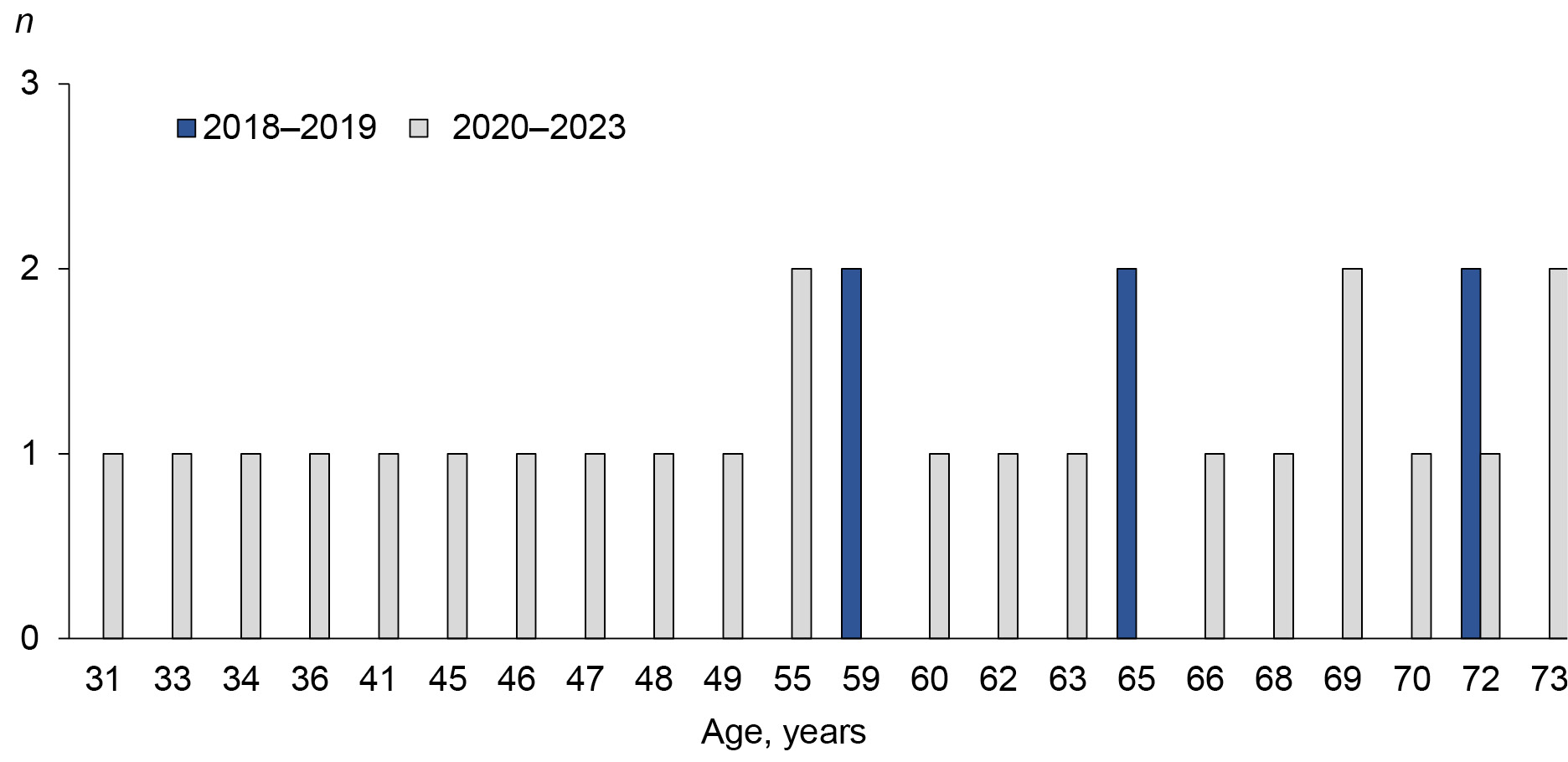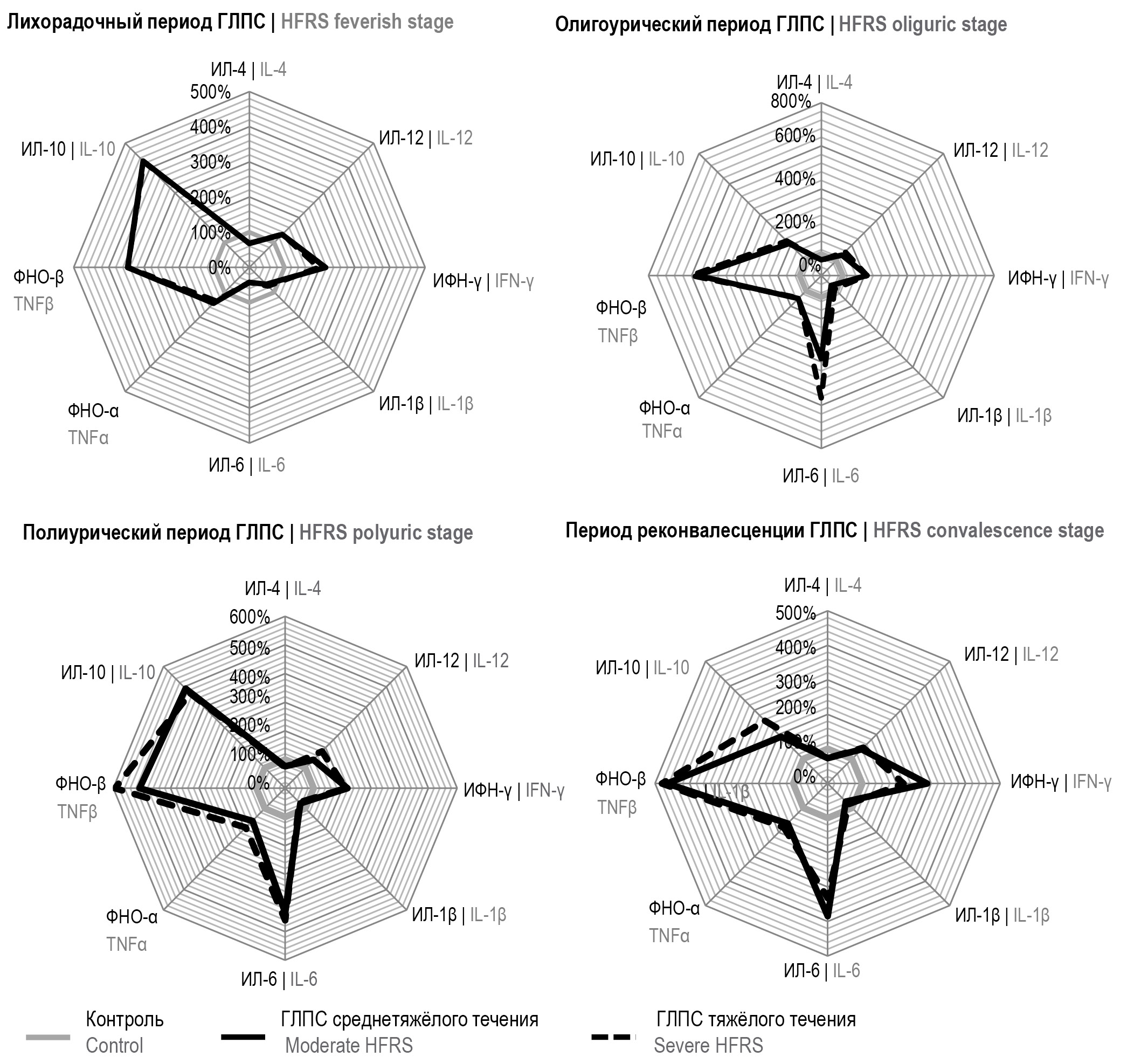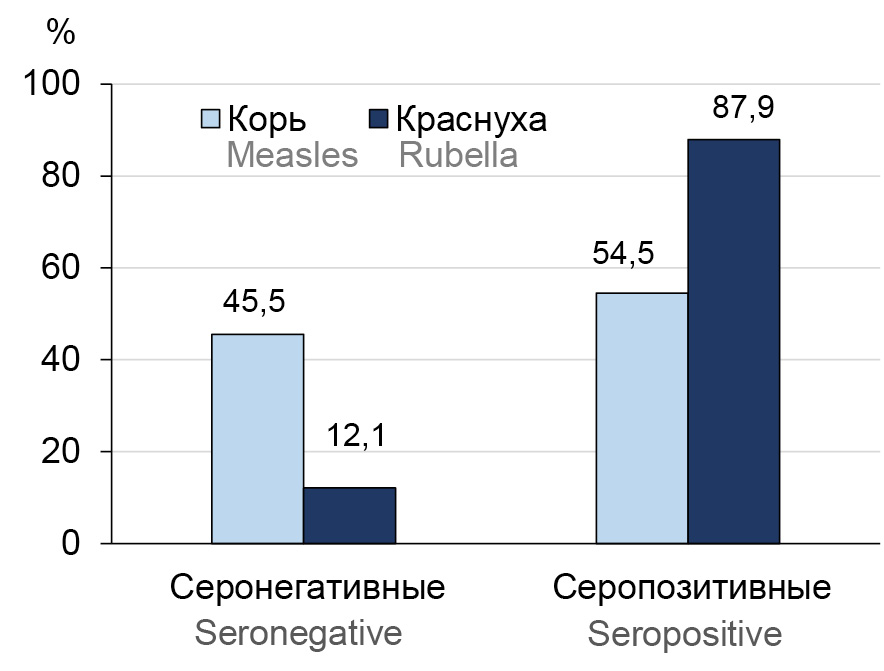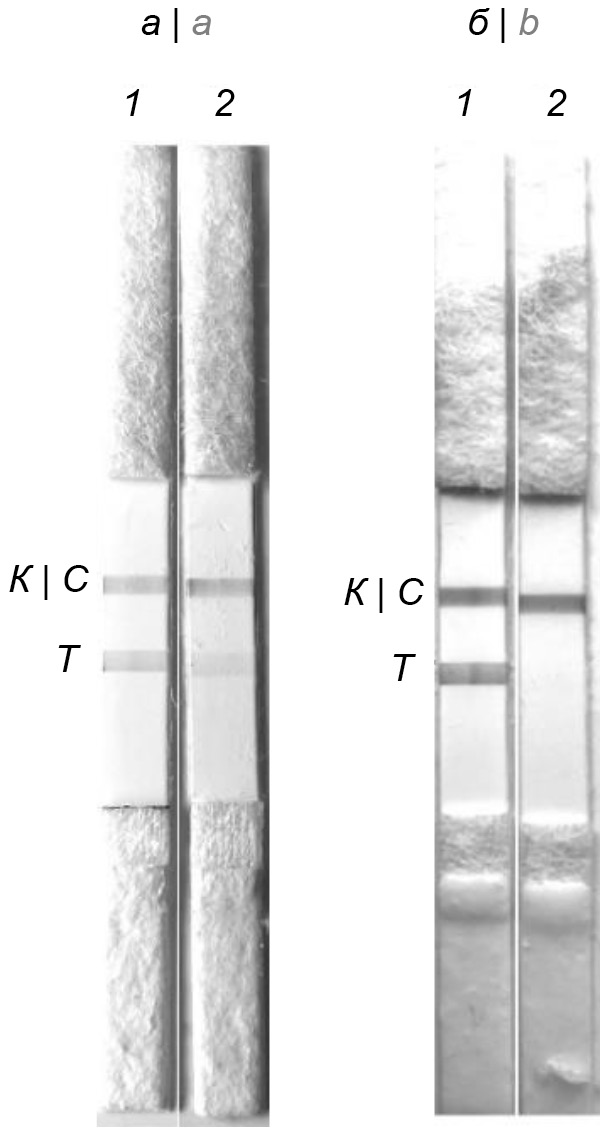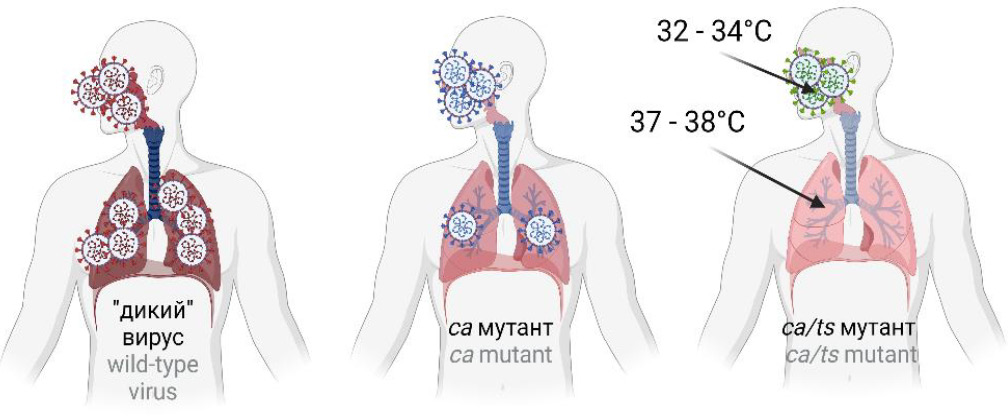Vol 100, No 3 (2023)
- Year: 2023
- Published: 11.07.2023
- Articles: 12
- URL: https://microbiol.crie.ru/jour/issue/view/178
ORIGINAL RESEARCHES
Outcomes of the multicenter monitoring of the causative agent of invasive listeriosis in the metropolis
Abstract
Introduction. Invasive listeriosis is a rare disease posing a threat to high-risk groups and often leading to a fatal outcome. Its causative agent is Listeria monocytogenes, a ubiquitous saprophyte that has turned into an important foodborne pathogen with the growing industry of semi-cooked and ready-to-eat products.
The aim of the study is the characterization of L. monocytogenes isolates in the Moscow region and identification of possible causes of susceptibility to infection
Materials and methods. The multicenter monitoring of L. monocytogenes was conducted in the Moscow metropolitan area, using bacteriological and genomic methods for description of the pathogen, medical history collection and detailed analysis of patient case summaries.
Results. In the cohorts of patients with perinatal listeriosis (PL) and meningitis-septicemia (MS), invasive listeriosis had a year-round occurrence with slight upswings in March–April and July–November. During the COVID-19 pandemic, in the MS group, the minimum age of patients decreased to 31 years and the proportion of deaths increased 1.57-fold compared to 2018–2019. During the pandemic, an increase in the diversity of L. monocytogenes genotypes was observed, along with changes in the spectrum of pathogen genotypes throughout the pandemic stages.
During the monitoring, a total of 73 L. monocytogenes clinical isolates belonging to 24 genotypes were described. Seven genotypes belonged to the first phylogenetic lineage (PLI); 14 genotypes belonged to PLII. The PL cohort had the highest proportion of PLI genotypes (52%). In the MS cohort, the group of men had the widest diversity of genotypes, 6 of which were identical to genotypes of food isolates. In the analysed set of isolates, 12 new profiles of internalin genes were identified and described. The whole genome sequencing detected the presence of plasmids in 9 of 58 genomes of clinical isolates. The comparison of core genomes revealed an epidemic relationship between isolates of the same genotype for ST4, ST21, and ST425.
Conclusion. The performed study presents a detailed description of the diversity and virulence of L. monocytogenes circulating in the Moscow metropolitan area, thus providing information for timely diagnosis and treatment of invasive listeriosis.
 143-154
143-154


In silico analysis of genomes of Bacillus anthracis strains belonging to major genetic lineages
Abstract
Introduction. The global phylogenetic population structure of Bacillus anthracis is represented by major genetic lineages (A, B and C) with nonuniform distribution of isolates, which still cannot be explained. Identification of characteristics of genomes of strains from three lineages, which can affect their spread, is of high importance.
The aim of the study is to explore genomic characteristics of different genetic lineages, which may have an effect on their distribution, by using the in silico analysis of a representative subset of B. anthracis strains.
Materials and methods. The whole-genome sequences of 49 B. anthracis strains and Bacillus cereus biovar anthracis CI strain were studied. The in silico analysis was performed to identify polymorphisms using BLASTn, MEGA X, Tandem Repeat Finder, Parsnp the Harvest Suite software.
Results. The genome variability depended on single nucleotide polymorphisms, single-nucleotide repeats, number of tandem repeats, substitutions and indels. In strains from lineages B and C, they outnumbered 1.6–13.4 times and in the B. cereus biovar anthracis strain — 5–150 times those in B. anthracis strains from lineage A. Significant substitutions in housekeeping genes and pathogenicity factor genes caused changes in amino acid sequences in proteins significantly more frequently in B. anthracis strains from major lineages B and C.
Based on the molecular typing and a multi-virulence-locus sequence typing analysis (MVLST) with a discrimination index of 0.9633, strains were classified into three major genetic lineages including groups different from the canonical group.
Conclusion. The distinctive feature of B. anthracis genomes is that they have a larger number of significant nucleotide substitutions in pathogenicity factor genes and housekeeping genes of strains belonging to major lineages B and C compared to lineage A. Changes in proteins encoded by them can cause differences in ecological adaptation and in prevalence, which are higher in strains of lineage A. MVLST having a high discriminating capacity can be used as an additional method to B. anthracis molecular typing.
 155-165
155-165


Diversity of CRISPR loci in Yersinia pseudotuberculosis strains and their association with pathogenicity factors
Abstract
Introduction. Heterogeneous microbial populations exist in the nature due to exchange of genetic material containing in extrachromosomal and transposable elements. Structures controlling horizontal gene transfer may affect development of pathogen genetic variants.
The aim of the study is to analyze molecular genetic characteristics of CRISPR-loci in Yersinia pseudotuberculosis strains circulating in Russia and their association with pathogenicity factors.
Materials and methods. We studied 56 strains of Y. pseudotuberculosis isolated from different sources in Russia during 1935–2014 from various sources in different regions of Russian Federation and in other countries. DNA fragments with CRISPR-loci were isolated and amplified by PCR, and subjected to Sanger sequencing. PCR was used to determine chromosomal genes of superantigen ypmA/C, pathogenicity islands HPI, YAPI, and plasmids pYV and pVM82.
Results. Analysis of CRISPR-loci in Y. pseudotuberculosis showed that spacer content varies in strains depending on serotype, set of pathogenicity factors, and isolation place. The most variable loci are YP1 and YP3, locus YP2 is homogeneous. Locus YP1 varies in strains that differ by presence of plasmid pVM82, while content of locus YP3 depends on presence of plasmid pVM82 and adhesion pathogenicity island YAPI.
Conclusion. Strains of Y. pseudotuberculosis circulating in Russia have a huge diversity of pathogenicity factors and CRISPR spacer content. Most of Russian strains differ by molecular markers from strains isolated in other countries. High variability is defined by ability to get new genetic elements in horizontal gene transfer. In bacteria, CRISPR-Cas system provides «immunity» against mobile genetic elements and can participate in formation of Y. pseudotuberculosis pathogenic potential.
 166-175
166-175


Pathogenetic role of cytokines in hemorrhagic fever with renal syndrome in dynamics and disease of various severity
Abstract
The aim of the work is to determine the relationship between the levels of cytokines of proinflammatory and anti-inflammatory action during the clinical course of hemorrhagic fever with renal syndrome (HFRS) and the previously described characteristics of the phenotypic composition of blood lymphocytes in disease of various severity.
Materials and methods. 65 patients with a serologically verified diagnosis of HFRS were under observation. The control group included 15 conditionally healthy people. Determination of cytokines in the blood of patients with HFRS was carried out by the enzyme immunoassay method at the different stages of the disease. The phenotypic composition of blood lymphocytes was assessed by flow cytofluorimetry.
Results. At the different stages of the disease, there was a quantitatively different increase in the content of cytokines in the blood associated with cytotoxic immune reactions (IL-12, IFN, TNFa, TNFß), as well as IL-10 and IL-6 correlated with each other in severe cases, against the background of a drop in blood levels of IL-4 and IL-1ß. In the moderate course of HFRS, correlations of IL-12 and IL-4 with NKG2D+ CTL, the relationship of IL-12 with almost all other cytokines, and the correlation of CD8+ Treg with IL-6 and TNF levels were observed. In severe cases, the formation of a complex that included interconnected IL-6 and IL-10 correlating with the number of NKG2D+ CTL, CD8+ Treg, NKT was noted.
Conclusion. The pathogenetically significant mechanism of HFRS is realized with the predominant participation of cytokines of the cellular immune response and IL-6, correlatively associated with NKG2D+ CTL, CD8+ Treg, NKT, which, in case of a favorable outcome, contribute to the active formation of a pool of CD8+ memory cells, disrupted presumably by excessive secretion of IL-10.
 176-185
176-185


Ability for vegetation and spore formation of Bacillus anthracis strains with different phenotypical properties under soil simulating conditions
Abstract
Introduction. The study of the ability of Bacillus anthracis strains with different phenotypic properties to spore germination, reproduction and sporulation on a medium based on an aqueous soil extract can help assess the significance of these processes in the formation and maintenance of soil anthrax foci.
Aim. The analysis of individual characteristics of the development of a vegetative culture of anthrax pathogen strains with different phenotypes in a soil medium model.
Materials and methods. On a group of anthrax microbe strains with different plasmid composition and virulence, the possibility of spore germination, reproduction of bacilli and, at least in some of them, productive spore formation on the soil medium was studied.
Results. Three variants of culture development of B. anthracis strains were identified: 1 — spores remain intact, not germinating; 2 — after germination of spores, bacilli are formed, which multiply with different intensity, passing into involutional forms without spore formation; 3 — the passage of a complete physiological cycle "spore–bacillus–spore". The presence of 2% blood in the soil environment contributed to the germination of spores and reproduction of the culture, but inhibited the process of sporulation during the observation period of 3 days. No correlation was found between a certain phenotype of the studied strains of B. anthracis and the ability to germinate and vegetate on soil media.
Conclusion. The data obtained that only 1–7% of CFU gives rise to the formation of colonies on the soil medium suggest the heterogeneity of the properties of the population of the studied strains. Isolation of such cultures and their further detailed study will make it possible to identify the most significant complexes of biological properties for the realization of a complete physiological cycle under soil-simulating conditions.
 186-193
186-193


The state of specific immunity of population of the Republic of Tajikistan to measles, rubella, poliomyelitis viruses
Abstract
Relevance. To achieve the goals of measles and rubella elimination and poliomyelitis eradication programs, immunization coverage of at least 95% of the target population is required. Objective data on the state of specific herd immunity are provided only by the results of serosurveys. In the Republic of Tajikistan, such monitoring is not carried out regularly. Therefore, the purpose of the study was to assess the actual state of the specific herd immunity to measles, rubella, and poliomyelitis viruses.
Materials and methods. The blood sera of 563 children and adults collected in 7 cities and 13 districts of Tajikistan in 2020 were investigated. The level of antibodies (ABs) to measles and rubella viruses was determined using enzyme immunoassay. Test systems VectoKor-IgG (VECTOR-BEST, Russia) and Ecolab, Russia were used to determine ABs to measles and rubella virus, respectively. Neutralizing antibodies (nABs) to the 3 types of poliovirus (PV) were determined in 359 sera using a neutralization reaction with Sabin strains of types 1, 2, 3.
Results. The conducted serosurvey showed the level of the specific herd immunity to rubella to be 87.9% in total population, including 86.2% in children, 93.1% in adolescents, and 93.5% and adults, that is sufficient to prevent transmission of the rubella virus. The proportion of individuals seropositive to measles was 54.5%, which is not enough to prevent sustained secondary transmission of infection and the resumption of circulation of the endemic strain of measles virus. The children under 15 years of age should be considered a population at risk of the infection, since children accounted for 38% among seronegative individuals.
In general, less than 95% of the examined patients had nABs to PV: 94.4% to PV1, 86.1% to PV2, 83.6% to PV3; 3.3% did not have antibodies to all three types of PV. The level of herd immunity varied in the examined groups depending on the vaccination schedule and the composition of the poliovirus vaccines used: nABs to PV2 had 59.6% of children born during the period when vaccines containing PV2 were not used, and 85.7% of children born after the introduction of trivalent IPV. Deficiency in immunity to PV2 was the cause of a polio outbreak in 2021 caused by circulating vaccine-derived PV type 2.
Conclusion. A high level of humoral immunity to the rubella virus was determined. Shortcomings of routine immunization against measles and polio associated with insufficient coverage and lack of IPV have been identified. Conducting regular serological monitoring in the Republic of Tajikistan is advisable to obtain objective information about the level of herd immunity, identify vulnerable groups of the population, and plan additional immunization activities.
 194-202
194-202


Comparative evaluation of enzyme and biocidal activity of Candida auris and Candida albicans
Abstract
Introduction. Secreted metabolites with enzymatic or toxic properties are important for effecting of Candida spp pathogenicity. The most clinically significant species is C. albicans. However,— invasive infections associated with C. auris have a great significance.
The aim of the investigation is comparison the some of enzymatic properties and biocidal activity of C. auris with those of C. albicans.
Materials and methods. C. albicans and C. auris strains were used in the study. Growth of micromycetes was detected on nutrient agar, Sabouraud agar or blood agar (with hemolysis presence). The Candida spp. proteinase activity was determined on Difco agar with 2% casein and by cleavage of IgG molecules. Candida lipase activity was assessed on the agar with Tween-20. The viability of buccal epithelial cells after exposure (1 – 4 h) with candida metabolites was estimated by trypan blue assay. Statistical analysis was performed using RStudio software.
Results. The best growth of C. albicans was observed on Sabouraud agar, and C. auris on blood agar. Only C. auris had hemolytic and lipase activity. Protease activity of some C. auris strains was noted. They were able to cleave casein and damage IgG molecules. The metabolites of some Candida strains decreased the viability of epithelial cells while the reduction was more pronounced in the experiments with C. auris (р < 0.05).
Conclusion. The most suitable medium for C. auris culturing was blood agar. Proteolytic, antiglobulin, hemolytic and lipase activities were observed only for C. auris. C. auris demonstrated more invasive capacity compared to C. albicans. The observed micromycete biocidal activity against buccal epithelial cells was strain-dependent.
 203-209
203-209


SCIENCE AND PRACTICE
Application of immunomagnetic separation for accelerated detection of F. tularensis cells in soil samples using an immunochromatographic test
Abstract
Introduction. Epizootological monitoring of the area contamination with the causative agent of tularemia implies the collection and analysis of a variety of field specimens. The analysis of such objects is time- and labour-consuming. In this context, simple and fast diagnostic techniques are needed to analyze specimens under resource-limited conditions.
Aim. To study the possibility of using immunomagnetic separation for accelerated detection of Francisella tularensis cells in soil samples using immunochromatography.
Materials and methods. Immunomagnetic particles (IMPs) were produced by using monoclonal antibodies to lipopolysaccharide (LPS) of the tularemia causative agent. Soil specimens weighing 1 g with preliminary introduced inactivated F. tularensis 15/10 cells were used in the study. The samples were suspended in an extraction buffer (EB) and filtered. Tularemia cells were separated by IMP suspension. The particles were washed, resuspended in EB and heated at 100ºC for 5 minutes. The supernatant was analyzed with test strips based on «F. tularensis IC-test kit».
Results. A combination of the immunomagnetic separation method and the IC test to detect F. tularensis cells identified up to 1 × 106 cells of the tularemia pathogen in analyzed soil samples, while 1 × 107 cells were detected in soil washouts in the absence of immunomagnetic separation.
Conclusion. The developed technique combining immunomagnetic separation and IC tests opens up prospects for express diagnostics of soil sample contamination in tularemia foci. The analysis takes about 3 hours, and its sensitivity is 1 × 106 cells/g of soil. The technique is simple, not requiring sophisticated expensive equipment. It can be easily adapted for testing other specimen types (water, grain, etc.). In addition, separated bacterial cells can be used for F. tularensis detection by other methods.
 219-224
219-224


Production of Bst polymerase for diagnosis of different infections using loop-mediated isothermal amplification
Abstract
Introduction. The large fragment of DNA polymerase I from Geobacillus stearothermophilus GIM1.543 (Bst DNA polymerase) possesses 5'-3' DNA polymerase activity, 5'-3' displacement activity and high processivity. These properties make it possible to use Bst DNA polymerase in loop-mediated isothermal amplification (LAMP), which provides highly specific amplification of the target sequence and is used for rapid detection of agents causing human infectious diseases.
The purpose of the study was to produce a recombinant Bst polymerase enzyme in the bacterial expression system and to assess its properties for LAMP-based diagnostics of infectious diseases.
Materials and methods. Expression constructs carrying the Bst polymerase gene were obtained using genetic engineering techniques. Different Escherichia coli strains were used for protein expression. Metal-chelate and gel filtration chromatography techniques were used for protein purification. Catalytic characteristics of the enzyme were assessed in loop-mediated isothermal amplification reactions using AmpliSens® SARS-CoV-2-IT, AmpliSens® IAV-IT and AmpliSens® IBV-IT diagnostic systems designed for high-quality detection of SARS-CoV-2, influenza A virus (IAV) and influenza B virus (IBV) RNA, respectively.
Results. The offered protocol for production, extraction and purification of recombinant Bst polymerase makes it possible to produce the enzyme in the bacterial expression system using E. coli cells in a soluble form and reaching the yield up to 20% of the total cell mass. In LAMP reactions, the obtained enzyme demonstrates activity comparable with that of the commercial enzyme Bst 2.0 (NEB).
Conclusion. Considering the fast purification and production of the enzyme, the obtained recombinant Bst polymerase can be used in LAMP-based diagnostic kits.
 210-218
210-218


REVIEWS
Live attenuated COVID-19 vaccines: approaches to development and prospects for clinical use
Abstract
Although WHO declared an end to the pandemic, COVID-19 remains a significant public health concern worldwide. Modern vaccines often induce either only humoral or only cellular immunity. Furthermore, new emergent epidemiologically significant SARS-CoV-2 variants and their spread considerably reduce the effectiveness of preventive vaccination. Therefore, there is an urgent need to improve the existing vaccines against COVID-19. One of the promising approaches to the solution of the problem is creation of a "universal" vaccine that would have a cross-protective activity against different antigenic variants of the virus. In this respect, the development of live attenuated vaccine is of special interest, as it can activate not only humoral, but also cell-mediated components of immunity, providing long-term immune response and cross-protection against different variants of the virus.
This review highlights the existing approaches to producing attenuated SARS-CoV-2 strains and gives an assessment of their prospects for clinical use. Some researchers use methods of genetic engineering and reverse genetics such as site-directed mutagenesis and codon deoptimization for virus attenuation. Others tend to use traditional approaches focusing on producing virus mutants through extended passaging in cell culture under selective conditions. The gained experience demonstrates great prospects for development of highly effective live-attenuated vaccine against COVID-19.
 225-236
225-236


The main groups of adjuvants and the prospects of their use for the specific prevention of particularly dangerous and other infectious diseases
Abstract
The purpose of this review is to analyze scientific data on the adjuvant properties of substances of various origin and chemical nature (adjuvants) published in recent decades and to evaluate the effectiveness of their use in the vaccination against various infections, including particularly dangerous ones.
The analysis of the literature data available in PubMed, Web of Science, Scopus, eLibrary databases, indicates that the search for new substances and drugs with the ability to enhance the immune response to antigens that are part of antibacterial and antiviral registered vaccines, as well as experimental preventive drugs, is an important and promising direction. The use of various substances and compounds as adjuvants enhances the immunogenic and protective properties of vaccines, reduces the antigenic load on the human body and causes a tense immune response in individuals with reduced functioning of immune system and in the elderly. When choosing an adjuvant, it is necessary to take into account the direction of its action on the formation of both local and systemic specific immune response, depending on the nature of the pathogen.
 237-246
237-246


Gut microbiota and carcinogenesis: actual aspects
Abstract
The microbiota, together with the host, form a symbiotic relationship in which the microbiota plays a key role in maintaining the homeostasis of the human body, performing a number of significant functions such as energy metabolism, maturation and maintenance of the immune system, vitamin synthesis, regulation of bile acid reabsorption in the intestine, and much more. Scientific research in recent years has made a significant contribution to understanding the complex relationship between the microbiota and a range of human pathologies, including malignant neoplasms.
The review considers the mechanisms of the possible influence of bacteria on the development and progression of cancer with an emphasis on the procarcinogenic properties of the microbiota. The most important factor in the mechanism of influence of the microbiota on carcinogenesis are toxins produced by microorganisms that induce direct damage to host cell DNA, causing DNA mutations, disruption of its exact replication, and also provoke an imbalance in the proliferation and apoptosis of host cells, their rapid aging and oncogenesis. The probable mechanisms of participation of microorganisms in the development of cancer through the activation of TLRs and NLRs receptors, which have a tumor-activating effect, are considered. A brief review is given on the mechanisms of carcinogenesis associated with the metabolic activity of the microbiota due to the processes of regulation of the production of secondary bile acids, activation of pro-carcinogenic compounds: phenols, ethanol, sulfides, ammonia, nitrosamines. The influence of the microbiota on the metabolism of sex hormones and the development of hormone-dependent cancers mediated by the mechanisms of enterohepatic circulation and estrogen deconjugation is described.
The study of the carcinogenic mechanisms of action of the microbiota in the host organism opens up prospects for the development of new successful personalized approaches to the diagnosis, treatment, and prevention of cancer. Changing the composition of the microbiota should become a way to fight cancer, along with surgical treatment, chemotherapy, radiation therapy, targeted therapy and immunotherapy.
 247-260
247-260










